Written by: Roshan Dwivedi
On-demand content is experiencing a boom with viewer uptake. On-demand content consumption is not a techno-pushed trend; it addresses a consumer’s need, where he wants his favorite content, such as movies or a TV series, anytime and anywhere.
The video on demand (VOD) revenue is expected to reach US$ 51.1 billion in 2020, in Europe, North America and Asia Pacific, combined. VOD enjoys a variety of uses and business models, be it entirely free, bundled with linear TV, ad-funded, transactional, or subscription based. VOD catalogs from operators are increasingly attractive, with larger libraries and more live TV content moving to on demand.
As far as the anywhere is concerned, consumers want to watch their content anywhere in the house (on a second TV screen or on a PC) or on the go, namely on their mobile. When they use the PC or the mobile, they get their content through broadband access. It is the younger generation that drives PC viewing, with 57 percent of the 16-25 year olds worldwide watching internet video through on-demand or LIVE streaming apps several times a week.
Challenge From The Indies
With ‘indies’, we are referring to the once-rookie streaming services that are now giving the broadcasters sleepless nights with their programming and household reach. Netflix wants to be present all around the world before 2020. This won’t be the end of broadcaster television but it demands them to react since not only broadcasters are moving into this space. Premium pay TV channels HBO and Showtime are now offering directly to consumers through their OTT VOD services HBO Now and the Showtime OTT app. In Canada the MVPD’s Rogers and Bell Communication recently launched their OTT streaming service Shomi (only for customers at the moment). Bell Media launched Crave TV with the goal ‘to have CraveTV available through all television content providers, including RogersTV’.
But even production companies behind popular TV shows are looking for new ways to directly reach the viewer. The talk-variety show Ellen launched EllenTube this year where fans can watch exclusive show content, user submitted videos, celebrity interviews, games, and giveaways on this YouTube like website.
Road Ahead For Broadcasters In Competing With The ‘Indies’
So how do you approach this relatively new market as a broadcaster? You have to define the strengths that you have as a broadcaster over competing OTT services, this can be content such a sports, live events and reality shows, data about your content and viewer behavior, or the close relationship with advertisers. But most importantly are content and syndication rights. Controlling your content or having the rights to distribute it online are defining the relevance and attractiveness of your VOD offering.
Mentioned below are crucial factors that will certainly define your vouch for an OTT VoD service and the future of your broadcast business:
- Audience Reach: Who can access your content and is this geographically limited? Limitation of reach are often set by content rights but can also be defined by technology or growth strategy. Defining the limits of your reach makes it possible to calculate the market size. Even piracy can be resisted with techniques like geo-blocking and DRM encoding. Netflix’s policy of geo-blocking its shows in several nations has created the artificial demand for its shows and also helped Netflix in working out its variable VOD pricings in those nations, helping it compete with both piracy & local competitors.
- Analytics and Big Data: What user data will you store and how are you going to use the data to improve your services? Data is becoming more and more important to be competitive with your digital platform. Data can be used to understand user behaviour to improve the service, to target advertising resulting in higher returns, and for validating internal KPI’s.
- Multi-screen Accessibility: On what operating systems, platforms, and devices will your service be available? Recent research from the UK shows that VOD viewing on TV sets is growing. Providing applications for different platforms can be costly and each platform has its own characteristics when it comes to audiences, monetization opportunities and technical challenges (e.g. with DRM and geo blocking).
- Revenue Model: Will your subscribers pay a monthly subscription charge or will your advertisers pay to target the audience? Will it be ad-based or subscription based? Or will you allow downloads? TV Shows are available for download on Amazon Prim while Netflix allows only streaming. Some services allow download for only certain kinds of content. iTunes gives you everything on a rental, as does Google Play Store. Choosing the right revenue model is therefore crucial.
- Content: What content will you put? What kind of timing will it have; instant, sneak preview before a new series launch or day-before launch of its TV premiere? Will they be long like movies or short like dance or training videos or promos? Different kind of content undergo different monetization processes and attract different kinds of audiences. The kind of content you choose determines the volume of audience your service can attract.
- IT and Startup Costs: What does it cost to get up and going? What will be the cost to maintain it? An expensive startup can imbalance your P/L sheet and slow your growth down. Not just that, if the platform were to be managed by a third-party, your content management and troubleshooting both could becomes lower resulting in average customer experience. It’s suggested to begin with a low-startup platform that helps you transition from linear broadcast to VOD.
Marching Ahead
The video on demand industry today is upbeat with the rise in number of subscribers, content licensing and original programming. However, the startup costs for an on-demand streaming platform remain very high, almost killing the idea of a VoD service for new players in this space and posing growth challenges to the existing broadcasters and content owners . With the advent of Muvi, it’s finally possible to launch a video streaming platform at ‘Zero CapEx’.
Signup for a 14-Days FREE trial and take a test drive of the one of a kind VoD Platform builder and maximize your content’s potential with Zero Startup Fee.



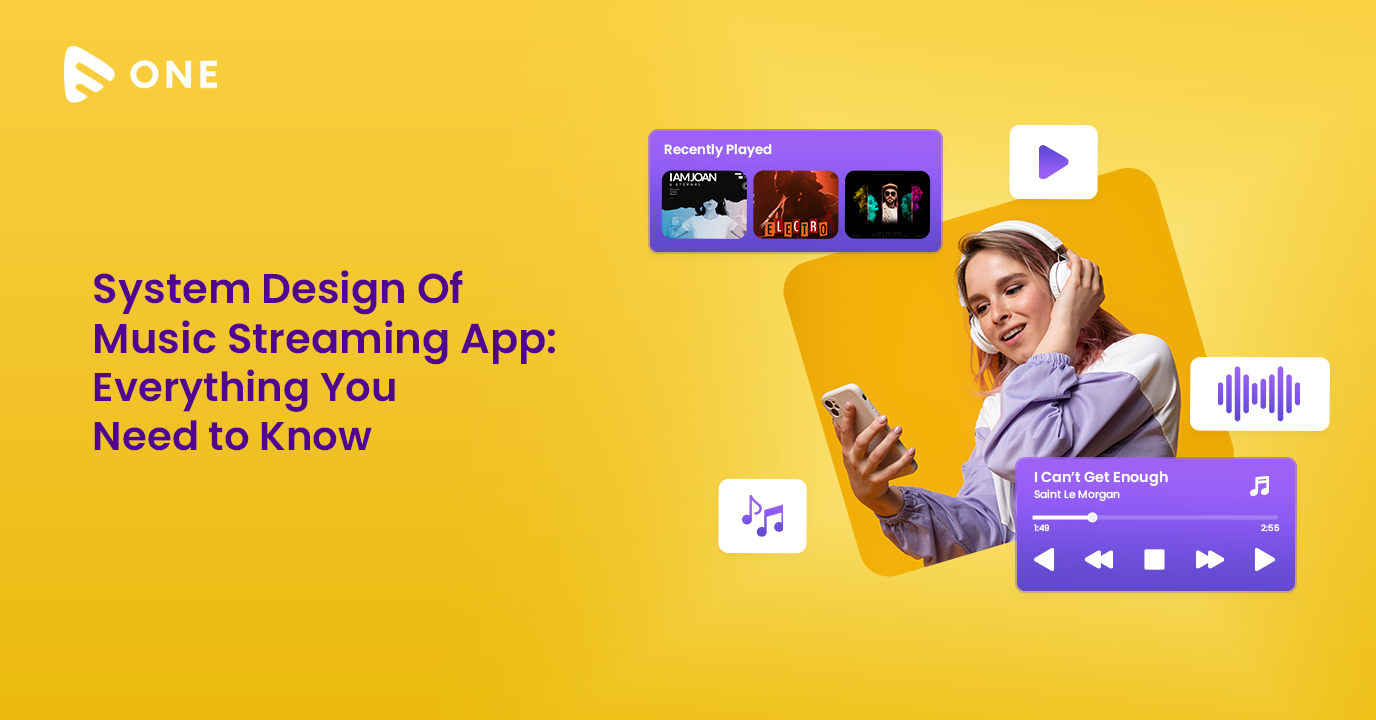
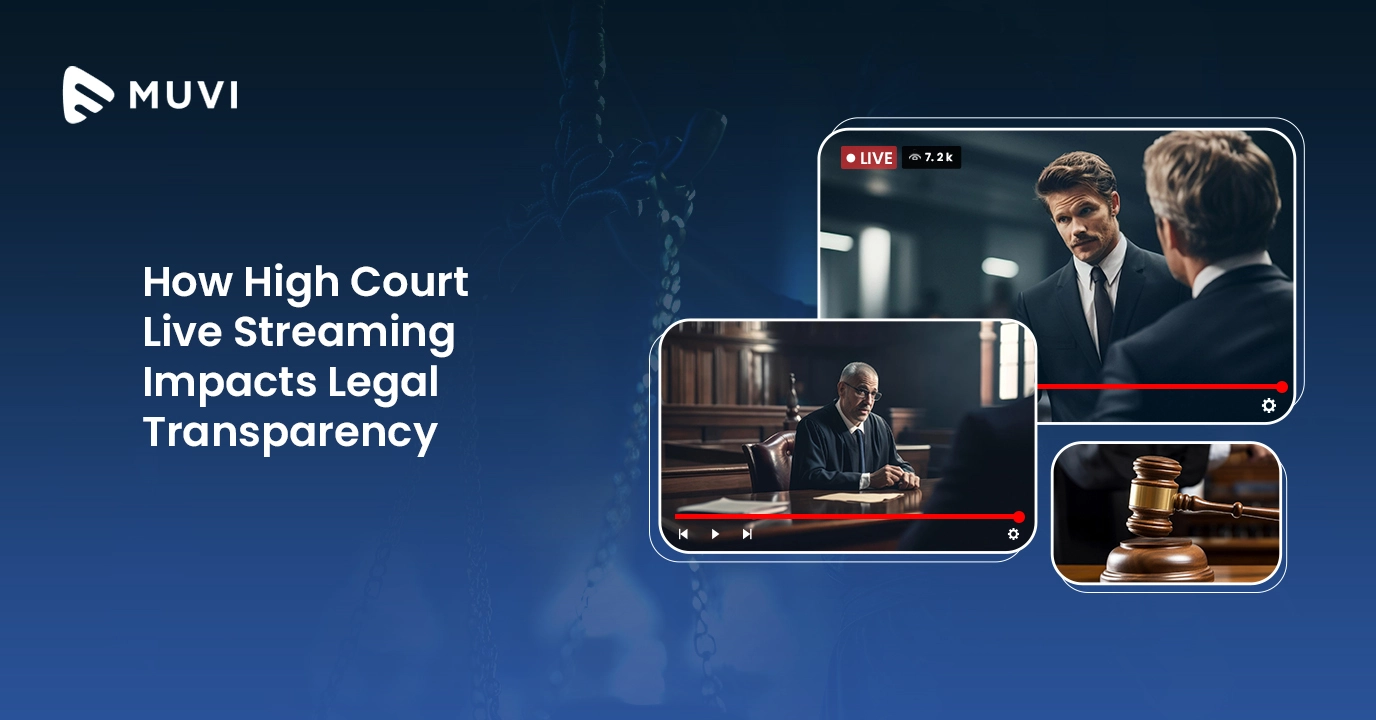
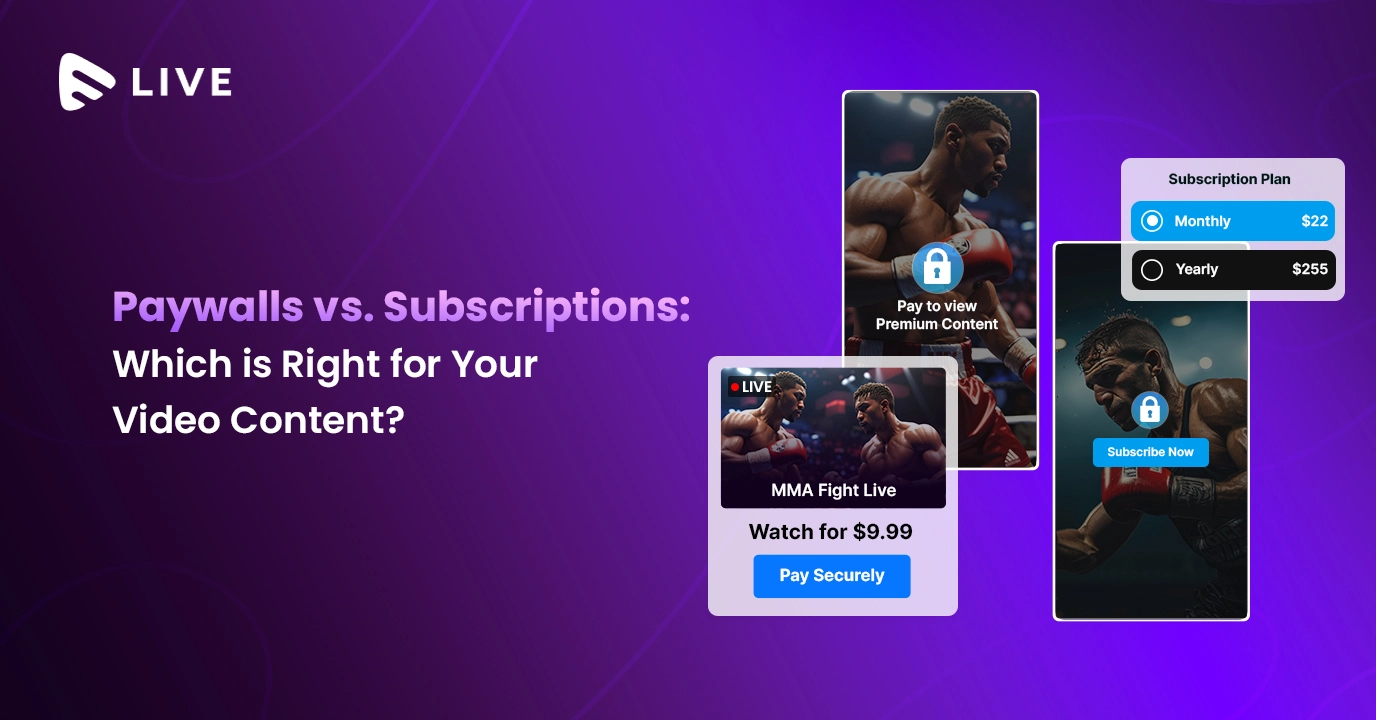
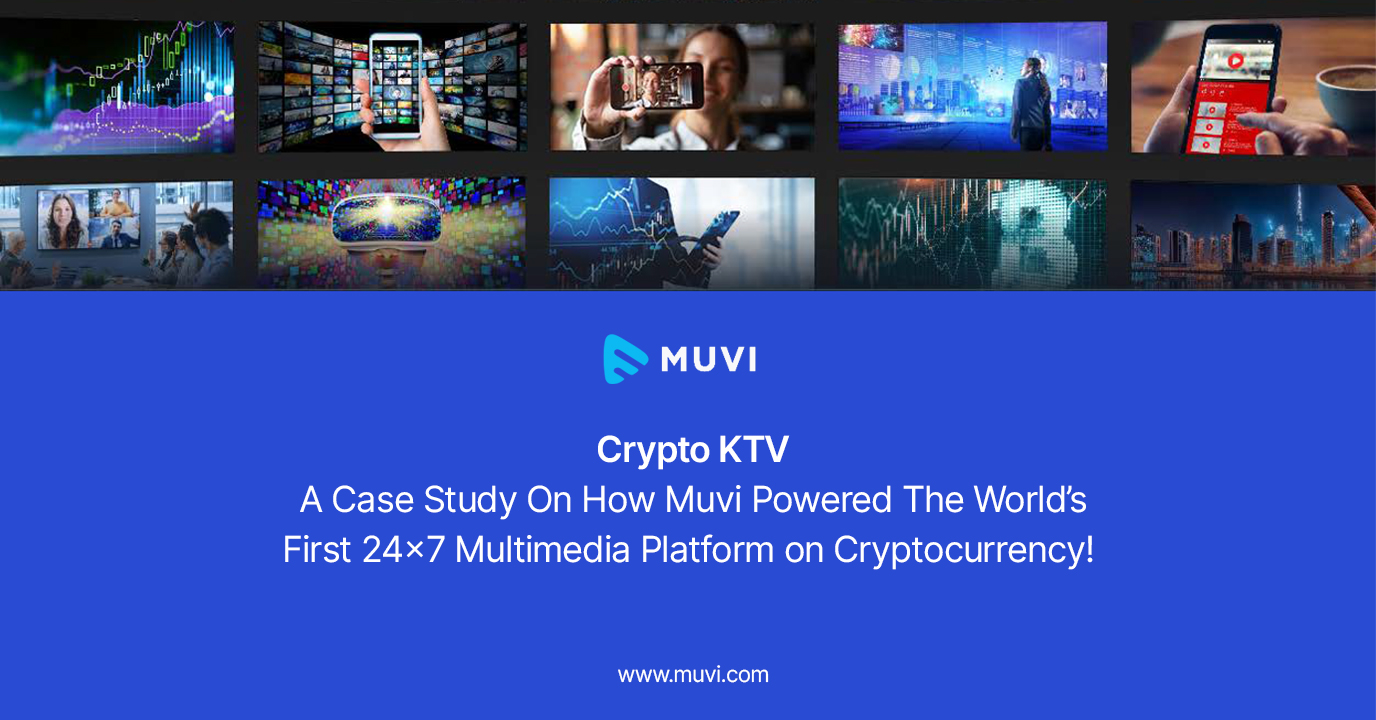
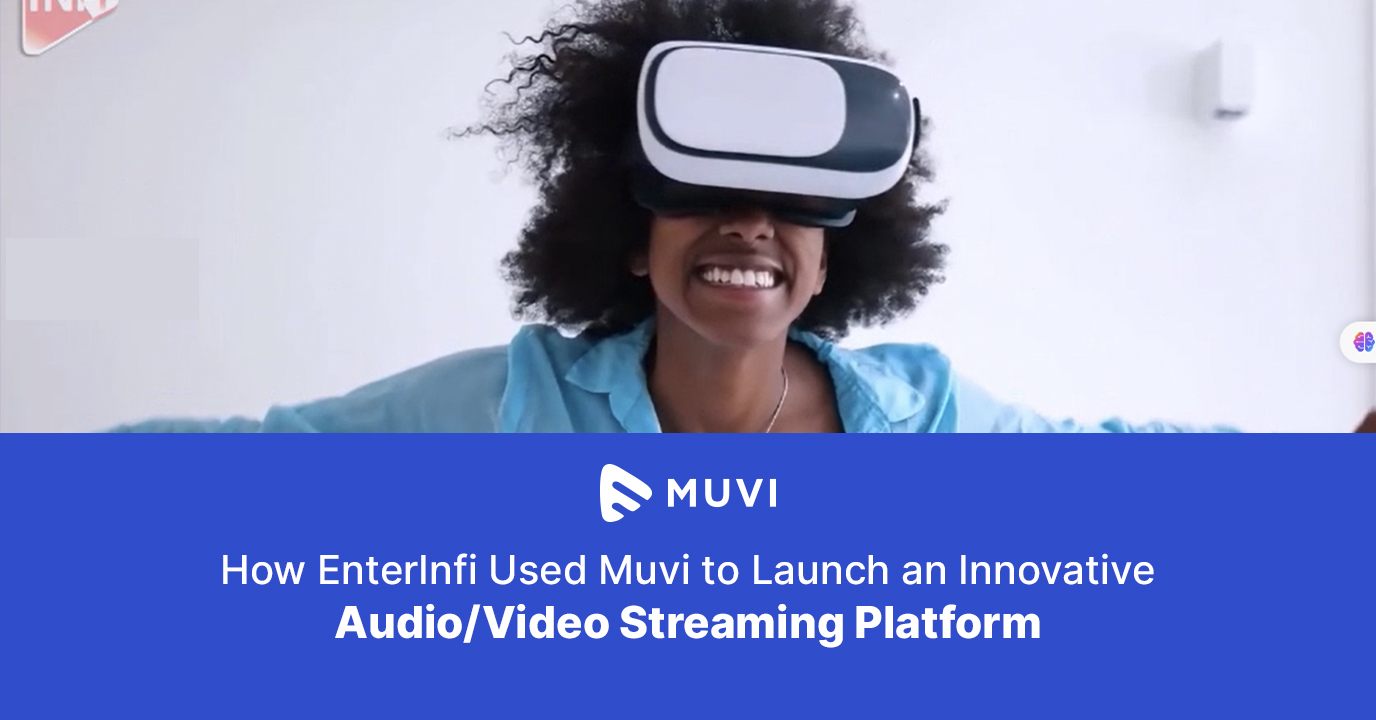




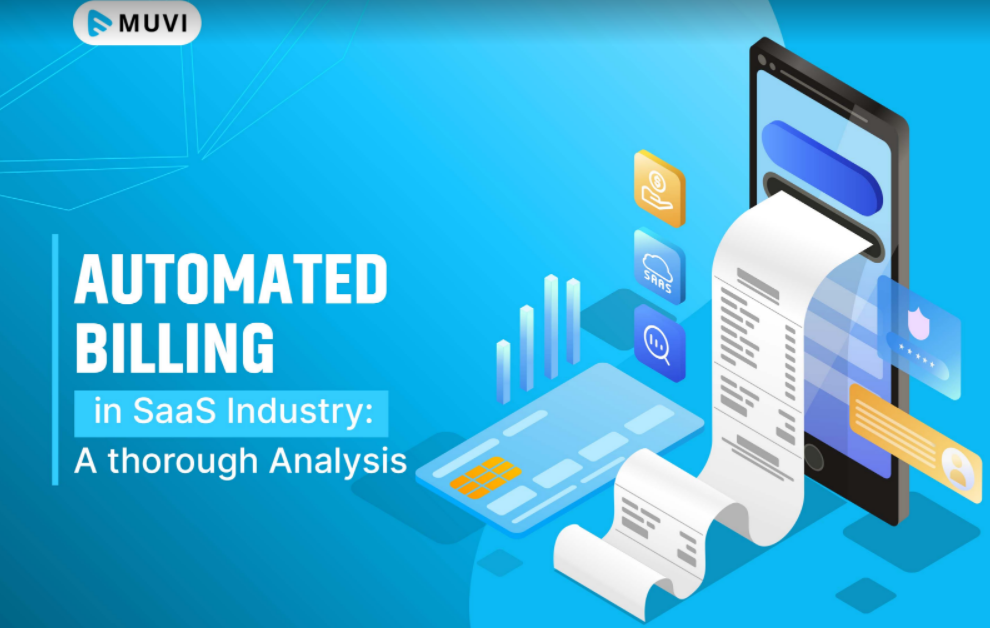



Add your comment